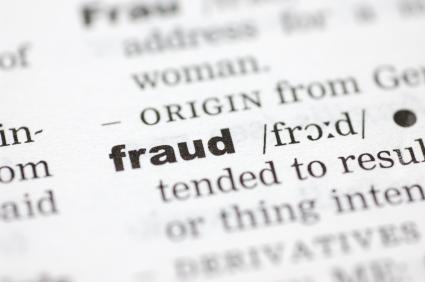How to Spot Donation Scams and Protect Real Charities
|
Reading time: 4 minutes
|

Key Takeaways
- Be Aware of Scams: Scammers use fake websites, emails, and documents to trick people. Watch for warning signs like unknown organization names or unverifiable IDs before making donations.
- Support Real Charities: Donation scams hurt public trust and reduce help for important causes, such as medical research and providing general medications. Always check if a charity is legitimate to ensure your donations make a real impact.
- Help Your Community: Talk to family and neighbors about how to spot scams. Encourage donating through trusted sources, like official charity websites, to keep funds safe and support meaningful causes.
Technology has changed how we live, making everyday tasks like shopping, paying bills, and donating to charities much easier. You can now do these things without ever leaving your home. While this convenience saves time, it also comes with risks.
Scammers use the same tools, like websites and emails, to trick people and steal their money. They even go door-to-door pretending to collect donations for causes that seem real. Donation scams are happening more often, so knowing how to recognize and avoid them can help protect you and your community.
The Rise of Donation Scams
Donation scams are becoming more common as technology gives scammers new ways to trick people. They often create fake websites, documents, and emails that look real to gain trust.
For example, one scam involved a woman who claimed to collect donations for diabetes research. She used professional-looking materials to appear trustworthy and collected money for months before being caught by authorities. Scammers like her take advantage of people’s kindness and use clever tricks to hide their true motives.
Why Donation Scams Are So Harmful
Donation scams cause harm beyond stealing money—they make people lose trust in real charities. When scams become common, people start doubting whether legitimate organizations are honest, even those supporting important causes like diabetes research. This doubt can lead to fewer donations, making it harder for real charities to run their programs and help those in need. Over time, these scams hurt healthcare-related charities and reduce their ability to support the people and communities that depend on them.
How to Spot and Avoid Scams
Scammers use tricks to convince people to give them money, but knowing what to watch for can help you stay safe. One warning sign is if the charity is unfamiliar or doesn’t have a recognizable name. If you haven’t heard of the organization, take time to research it online.
Another red flag is when the person asking for donations can’t provide proper identification or proof that they represent the charity. To protect yourself, always double-check the organization before donating. Ask for official contact details and compare them with information on their website.
Whenever possible, donate directly through the charity’s official site. Make sure the website has all the security systems in place, such as a lock icon in the browser or “https” in the address. These steps can keep your money safe and ensure your donations go to real causes.
Why Vigilance Matters
Fraud doesn’t just take money from people—it also hurts real organizations that support important causes, like medical research. When scams happen, people start to lose trust in these organizations. This mistrust can mean fewer donations, which makes it harder for charities to find cures, create treatments, and improve healthcare.
Trusted organizations also provide important resources, like general medications, to communities that need them. When scammers steal funds, they take away money that could have gone toward these life-changing efforts. By staying alert, you’re not only protecting your money—you’re making sure your donations help real causes and the people who depend on them.
Protecting Your Community
Protecting your community begins with helping others learn about common scams. Many people are tricked by fraud because they don’t know what warning signs to watch for. By talking with family, friends, and neighbors, you can teach them to recognize scams, such as fake websites or unverified donation requests. Sharing this information can make a big difference.
Encourage everyone to support causes they care about through trusted sources, like the official websites of well-known charities. This is especially important for healthcare charities that rely on donations to fund research and provide resources, like general medications, to those in need. When communities work together, they can stop scams and ensure donations go to the organizations that truly help people.
Conclusion
Avoiding scams starts with being informed and careful. Scammers often use tricks like fake documents, unverified IDs, or misleading websites to fool people into donating money. To stay safe, always research organizations, check if they are legitimate, and donate only through trusted sources. These actions not only protect your money but also make sure your donations go to real causes.
Legitimate charities use donations to fund important efforts, like medical research and providing essential resources, such as general medications, to those in need. By choosing trustworthy organizations, you help make a real difference and support programs that improve lives. Sharing this knowledge with others helps protect your community from fraud and ensures support reaches the right places.
Information provided on this website is for general purposes only. It is not intended to take the place of advice from your practitioner







